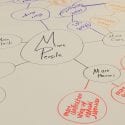
Students create a concept map in cooperative learning groups to display cause and effect relationships between population,...
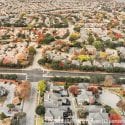
Students read a news article about local population growth and the resulting sprawl, create and write a...

Students develop an index of factors most important to a sustainable community and develop models for measuring...

Students use the engineering design process to create and test prototypes for cleaning up oil spills. Students...
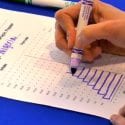
Students use real-world data to construct and interpret population pyramids and discuss differences in population growth rates...
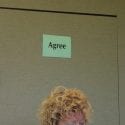
Students express their thoughts on issues related to population and the environment, then research a specific issue...
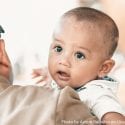
In small groups, students explore changes in regional fertility rates and life expectancy trends over time and...
PopEd Impact
campuses
"The activities not only bring out important content, but they also provide real-world context for environmental, population and sustainability issues. They engage participants in very thought-provoking and critical-thinking discussions.”
Helen de la Maza, Environmental Educator, Irvine, CA

